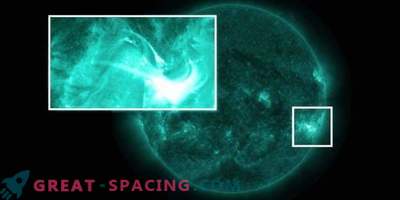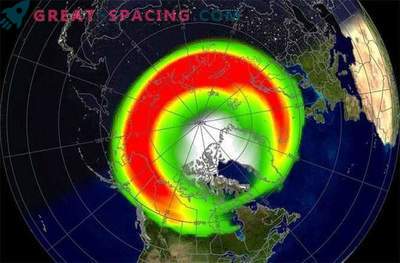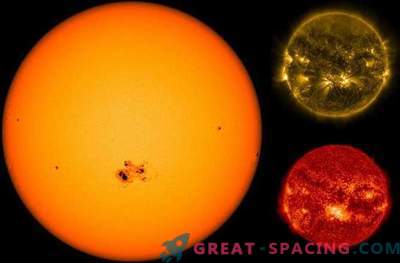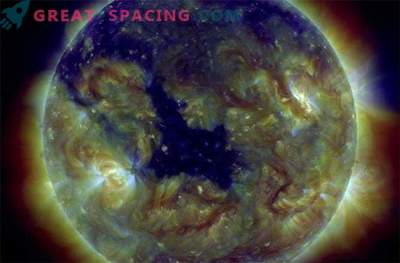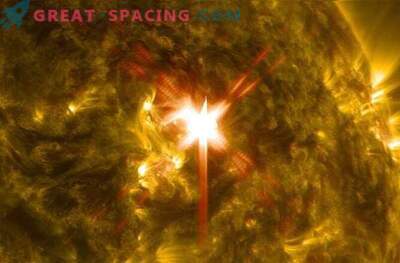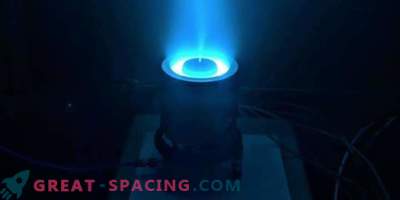
The basis of solar eruptions is a dramatic struggle with magnetic force on the surface of a star. The new study decided to emphasize the role of the magnetic landscape of the Sun or topology in the development of eruptions that can cause cosmic weather phenomena around our planet.
The researchers carefully examined solar flares - intense emissions of radiation and light. Powerful events are followed by coronal mass ejection — a massive blistering eruption of solar material and a magnetic field.
Using information from the Solar Dynamics Observatory (SDO), the scientists analyzed the October group (2014) of Jupiter-sized sunspots. This is the largest group in the last two solar cycles, and the region itself is considered extremely active.
The conditions seem to have erupted, but the site has never created a large coronal ejection. But he managed to release a powerful outbreak of the X-class (the most intense). Is there a connection between them?
The researchers added SDO observations to models that calculated the magnetic field of the solar corona. This was supposed to help understand how it developed over the time before the outbreak. The model showed a battle between two key magnetic structures: a twisted magnetic thread and a thick whip.
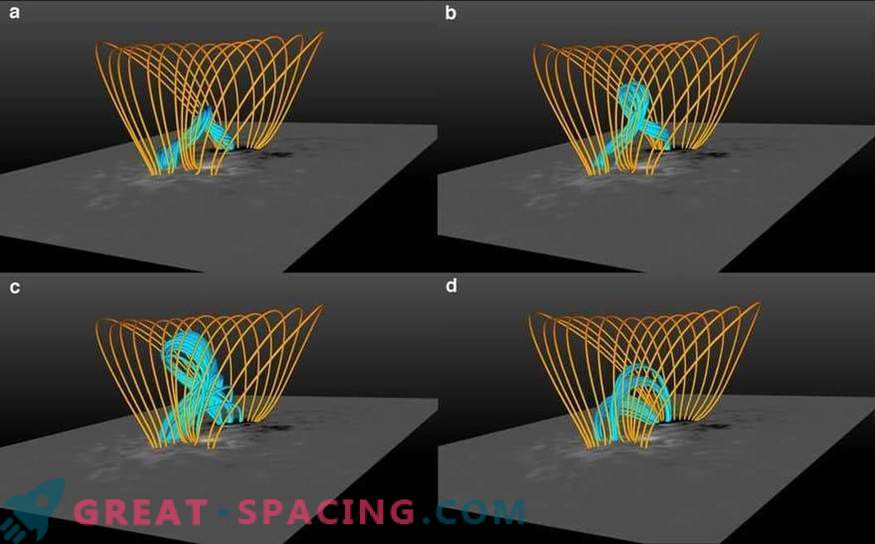
On a series of shots, the magnetic string (blue) is becoming increasingly unstable. But it never breaks from the solar surface. The model shows that there is not enough energy in the filament to break through the magnetic cage (yellow)
Scientists realized that the magnetic cell actually stopped the release of coronal mass. A few hours before the flash, the natural rotation of the sunspot distorted the magnetic filament to make it spin. But she did not manage to escape from the surface, because she did not have enough energy to break through the cage.
By changing the conditions of the cell in the model, the team realized that if the cell were weaker, we would be able to get a large coronal mass ejection on October 24, 2014. Scientists plan to develop a model to understand how the conflict between the magnetic cell and the filament develops in other eruptions.

